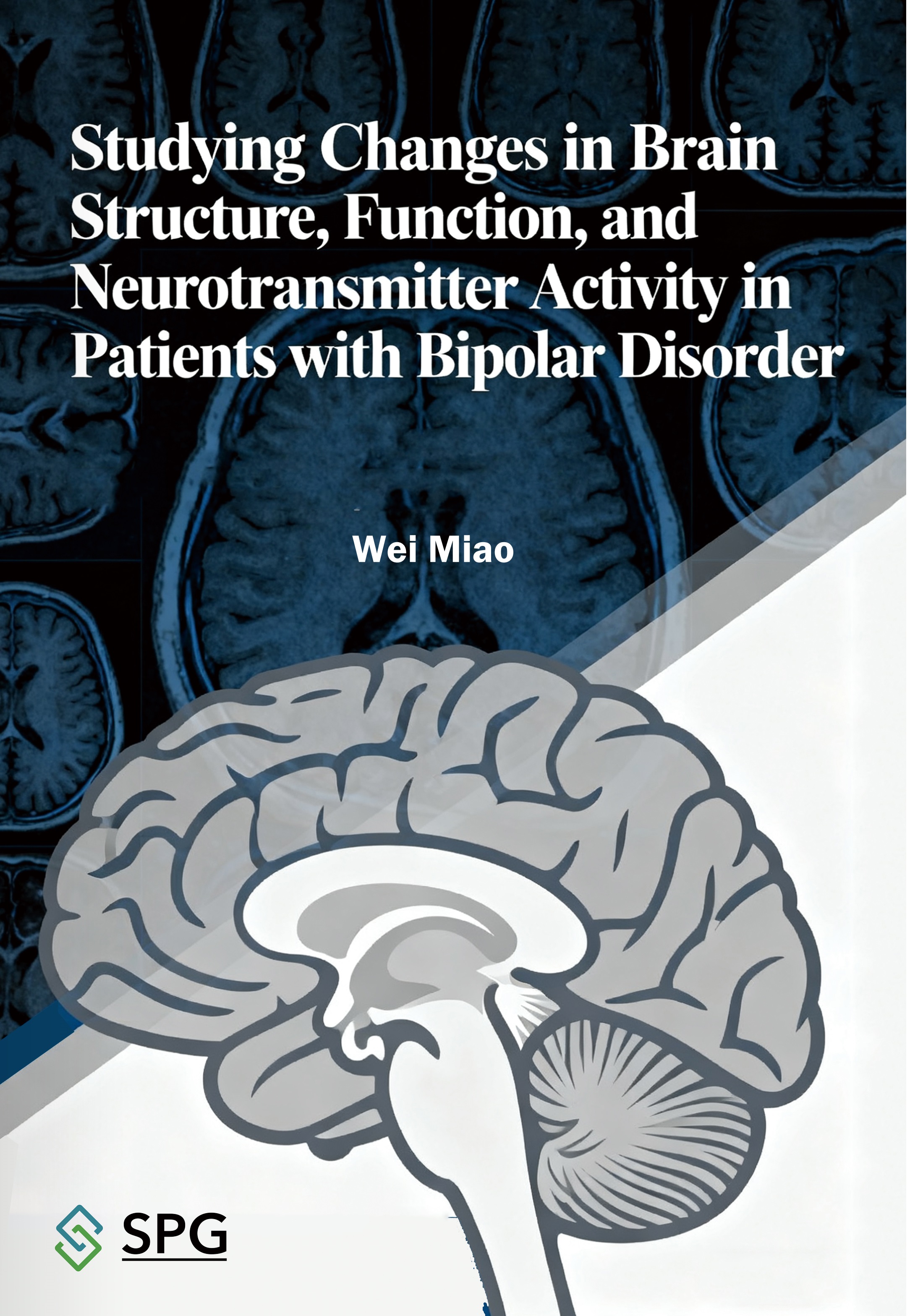
Studying Changes in Brain Structure, Function, and Neurotransmitter Activity in Patients with Bipolar Disorder
Published Date: November 6th 2025
Page Length: 762
Language: English
ISBN: 978-1-80053-570-1
Price: £75.30
Introduction
Bipolar disorder, a common severe mental disorder, is characterized by recurrent manic or hypomanic episodes alternating or mixed with depressive episodes. Its prolonged course, high relapse rate, and severe disability not only severely impair patients' cognitive function, social function, and quality of life, but also place a heavy medical burden and economic pressure on families and society. However, the current diagnosis and treatment system for bipolar disorder still faces many key difficulties: at the diagnostic level, the traditional method that relies on clinical symptom observation and scale assessment lacks objective biological markers and is easily confused with other mental disorders such as unipolar depression and schizophrenia, resulting in a high misdiagnosis rate and delayed diagnosis; at the treatment level, the efficacy of existing drugs and interventions varies significantly from person to person, and some patients respond poorly to treatment or experience serious side effects, making it difficult to accurately predict treatment efficacy and relapse risk; at the pathogenesis level, the neurobiological basis of bipolar disorder has not yet been fully clarified. Previous studies have mostly focused on a single dimension or local brain region, failing to form a systematic understanding of the overall pathophysiological process of the disease. The core crux of these difficulties lies in the lack of multidimensional and integrated research on changes in brain structure, function and neurotransmitter activity in patients with bipolar disorder, which cannot reveal the key neural mechanisms of disease occurrence and development, thereby restricting breakthroughs and innovations in diagnostic and treatment technologies.